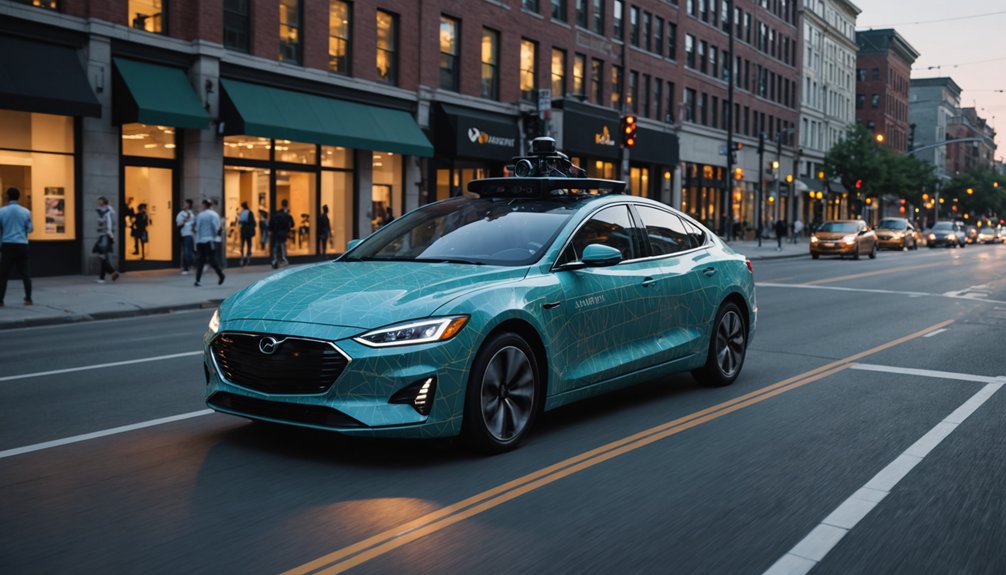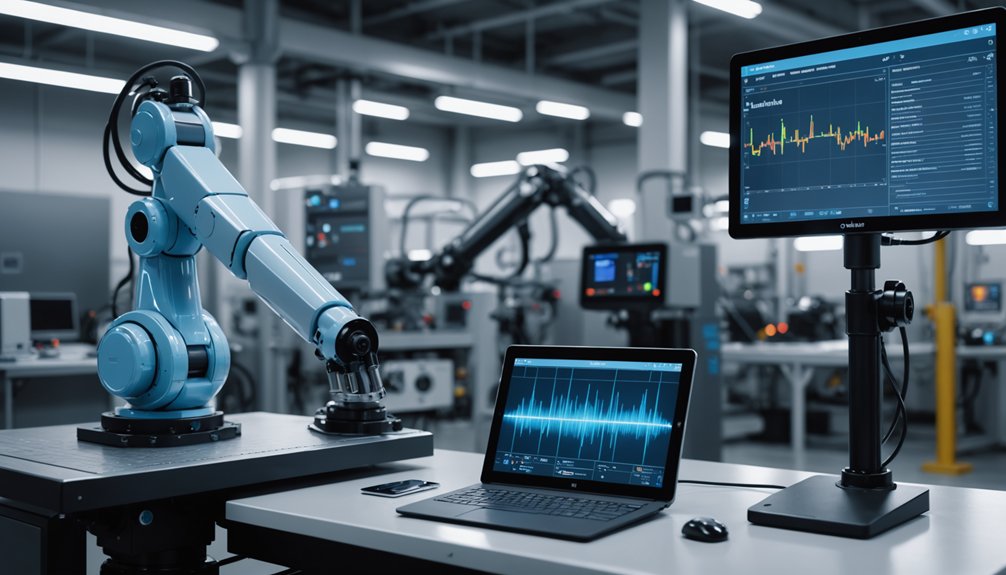AI moderation tools in 2025 show mixed results. Advanced algorithms now catch misleading content faster, but deepfakes continue to evolve just as quickly. Meta and Google slap AI-generated content labels on posts, while the EU demands strict compliance. Companies collaborate on detection methods, yet it’s still digital whack-a-mole against misinformation creators. Bias in AI systems remains a persistent issue. The technological arms race between moderators and fake content producers shows no signs of slowing down.

Technology’s double-edge sword strikes again. As we navigate 2025, AI moderation tools have become more sophisticated, using advanced algorithms to spot misleading content. But here’s the kicker – AI-generated content itself is creating massive headaches for these same systems. It’s like asking a firefighter to battle a blaze while someone’s inventing new types of fire.
Companies aren’t sitting idle, though. Meta and Google have rolled out AI-generated content labels. A digital equivalent of “Hey, a robot made this!” These labels aim to boost transparency. Whether users actually care is another story entirely. The EU AI Act provides strict guidelines for labeling AI-generated content across platforms.
The battle against misinformation has intensified. AI tools now detect and remove false content across platforms with increasing accuracy. Machine learning techniques have improved. Companies are finally playing nice together, developing collaborative strategies instead of hoarding their homework. About time. Machine learning algorithms are analyzing vast datasets to identify emerging threat patterns.
Deepfakes remain the persistent thorn in everyone’s side. The technology to create them evolves constantly, staying frustratingly ahead of detection systems. For every advance in AI moderation, misinformation creators seem to find a new loophole. It’s digital whack-a-mole at its finest. Research shows that cross-disciplinary collaboration between social and computer scientists provides essential insights for improving detection technology.
Social media platforms have become ground zero for this technological arms race. Meta, Microsoft, and others have implemented AI moderation tools aimed at enhancing user safety and trust. Their success? Mixed, at best. The recent emergence of standardized RAI evaluations could provide much-needed benchmarks for assessing these tools’ effectiveness.
Ethical considerations can’t be ignored. Bias in AI systems threatens fair content moderation. The public increasingly demands transparency in how these digital judges make their decisions. People want to know why their posts get flagged while others slide by.
Government regulations are stepping up, providing essential frameworks for effective AI moderation. Industry-wide collaborations have proven vital for developing workable strategies. The public’s understanding of AI’s role in moderation remains significant going forward.
The reality? AI moderation in 2025 is better, but far from perfect. The technology improves daily, but so do the challenges it faces. The game continues.
Frequently Asked Questions
How Much Does AI Moderation Implementation Cost for Small Businesses?
Small businesses face a range of AI moderation costs. Basic off-the-shelf solutions start around $10,000, while subscription models can run under $40 monthly for simple services.
Custom solutions? Those start at $5,000 and climb fast. Hourly services cost $25-49 per hour for one-time integrations.
Not cheap, but 95% of small businesses report cost savings after implementation. Integration challenges and data management create hidden expenses.
The price tag varies wildly based on complexity and industry requirements.
Can Users Bypass Advanced AI Moderation Systems?
Yes, users can bypass advanced AI moderation systems.
They use tools like HIX Bypass and Undetectable AI to evade detection. It’s an ongoing cat-and-mouse game. Some techniques involve text randomization and industry-specific language to appear human-generated.
Even sophisticated systems like Originality AI have vulnerabilities. The “human element” remains essential for evading detection.
But it’s getting harder. As detection systems improve, bypass methods must become increasingly sophisticated. Nothing stays foolproof for long.
What Privacy Concerns Arise From AI Content Monitoring?
AI content monitoring raises serious privacy red flags. Users’ personal data gets vacuumed up—behaviors, preferences, everything.
Once it’s in the system? Good luck getting it out. The data paradox is real: better AI means more invasive monitoring.
Most users have zero idea what happens to their information. The systems are black boxes—complex, opaque, impossible to understand.
And let’s face it, consent is a joke when nobody understands what they’re agreeing to.
How Are Human Moderators and AI Systems Integrated Effectively?
Effective AI-human integration happens through tiered systems.
AI handles volume, filters obvious violations. Humans step in for nuanced cases—context matters, folks. They’re not replacing each other; they’re tag-teaming.
Feedback loops are vital: human decisions teach AI, AI flags patterns humans miss. Some platforms use “confidence scores” to determine when to escalate to humans.
It’s not perfect. Cultural sensitivity still trips up algorithms.
But together? They’re covering more ground than either could alone.
Will AI Moderation Create New Types of Digital Discrimination?
AI moderation will likely create new forms of digital discrimination. The evidence is clear. Systems trained on biased data perpetuate existing prejudices—no surprise there.
Facial recognition already misidentifies certain groups at higher rates. Without proper oversight, these algorithms will absolutely favor some communities over others.
The regulatory landscape is catching up, but slowly. California, Colorado, NYC—they’re all scrambling to address this.
Meanwhile, marginalized groups? They’re the ones paying the price. Human oversight remains essential.




